 —————
—————
Hellraisers Journal – Thursday September 14, 1911
“The Blighting of the Babies” -from John Spargo’s Bitter Cry of the Children
From The Progressive Woman of September 1911:
THE BLIGHTING OF THE BABIES
—————(From “the Bitter Cry of the Children” by John Spargo)
Poverty and Death are grim companions. Wherever there is much poverty the death-rate is high and rises higher with every rise of the tide of want and misery. In London, Bethnal Green’s death-rate is nearly double that of Belgravia; in Paris, the poverty stricken district of Ménilmontant has a death -rate twice as high as that of the Elysée; in Chicago, the death-rate varies from about twelve per thousand in the wards where the well-to-do reside to thirty-seven per thousand in the tenement wards .
The ill developed bodies of the poor, underfed and overburdened with toil, have not the powers of resistance to disease possessed by the bodies of the more fortunate. As fire rages most fiercely and with greatest devastation among the ill-built, crowded tenements, so do the fierce flames of disease consume most readily the ill-built, fragile bodies which the tenements shelter. As we ascend the social scale the span of life lengthens and the death-rate gradually diminishes, the death-rate of the poorest class of workers being three and a half times as great as that of the well-to-do. It is estimated that among 10,000,000 persons of the latter class the annual deaths do not number more than 100,000, among the best paid of the working class the number is not less than 150,000, while among the poorest workers the number is at least 350,000.
This difference in the death-rates of the various social classes is even more strongly marked in the case of infants. Mortality in the first year of life differs enormously according to the circumstances of the parents and the amount of intelligent care bestowed upon the infants. In Boston’s “Back Bay” district the death-rate at all ages last year was 13.45 per thousand as compared with 18.45 in the Thirteenth Ward, which is a typical working class district, and of the total number of deaths the percentage under one year was 9.44 in the former as against 25.21 in the latter. Wolf , in his classic studies based upon the vital statistics of Erfurt for a period of twenty years, found that for every 1,000 children born in working-class families 505 died in the first year; among the middle classes 173, and among the higher classes only 89. Of every 1,000 illegitimate children registered-almost entirely of the poorer classes-352 died before the end of the first year.
Dr. Charles R. Drysdale, Senior Physician of the Metropolitan Free Hospital, London, declared some years ago that the death-rate of infants among the rich was not more than 8 per cent, while among the very poor it was often as high as 40 per cent.
Dr. Playfair says that 18 per cent of the children of the upper classes, 36 per cent of the tradesman class, and 55 per cent of those of the working-class die under the age of five years.

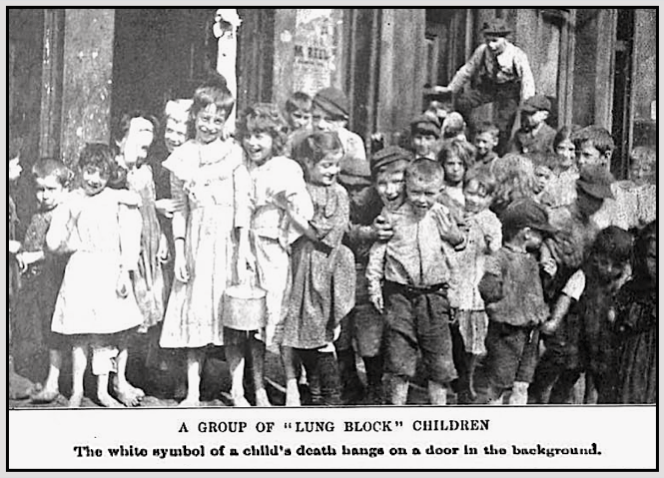
 —————–
—————–![From The Progressive Woman of July 1911:The above picture includes most of the delegates to the Unity Convention of 1901 the convention where the Socialist party came into existence. It was held at Indianapolis, Indiana, beginning July 29. The picture was taken on the east front of the state capitol. A number of the faces will be familiar to many readers.There were about one hundred and twenty-five delegates present, among whom were the following women: Corinne S. Brown, Martha A. Biegler, Margaret Haile, Elizabeth H. Thomas, Sula Lowrie, Mrs. Max S. Hayes, Martha H. McHugh and Carrie Rand Herron.The Unity Convention was called for the purpose of attempting to unite the various Socialist parties of the country. The largest of these were the Social Democratic Party and the Springfield wing of the Socialist Labor Party. The other wing of the Socialist Labor Party did not take part in the convention. State parties in Iowa, Kentucky and Texas, not affiliated with any national organization, were represented.The various factions that united in calling the convention had patched up their differences sufficiently to support the same ticket the year before. Animosities were very bitter, however. Had it not been for the withdrawal of various local and state organizations from the national organizations, thus decreasing their membership, it is hardly probable that the two national organizations could have been persuaded to consent to try to form an organic union.The main actions of the convention were the adoption of a national constitution, a national platform, a resolution on Socialism and trade unionism, a resolution on injunctions, and a resolution on the negro question.The platform came in for a hot discussion, especially the immediate measures. As adopted, it contained, among others, a provision for "equal civil and political rights for women."The resolutions were also warmly discussed. In fact, everything was warmly discussed. Socialists are always very earnest in their debates, and the bitter feelings which the delegates brought along made them especially earnest at that convention.But the great debate came on the constitution. Hot does not begin to express it. It was scalding, vitriolic. All the rancor in the hearts of the delegates was poured out in blistering words. At times it seemed to the most optimistic that unity was hopeless, and that we must disperse and go back to our several locals with the doleful confession that we had failed in our mission. But, out of it all came agreement-agreement on the famous Section Four of Article Twelve. Get out your national constitution and read it. It is historic. It is the state autonomy provision. Around it raged the battle as to whether we could organically unite. Its adoption made unity possible.Then came better feelings and a great relief. We went home with joy in our hearts, because we bore the glad tidings of a solidified Socialist Party-united-facing the enemy.---------------[Emphasis added.]](https://weneverforget.org/wp-content/uploads/2021/07/Delegates-to-Unity-Founding-Convention-of-SPA-July-Aug-1901-Prg-Wmn-p3-July-1911.png)
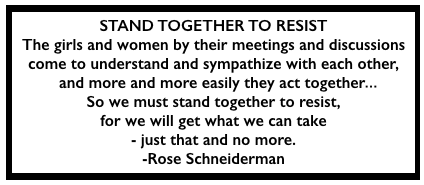 ———-
———-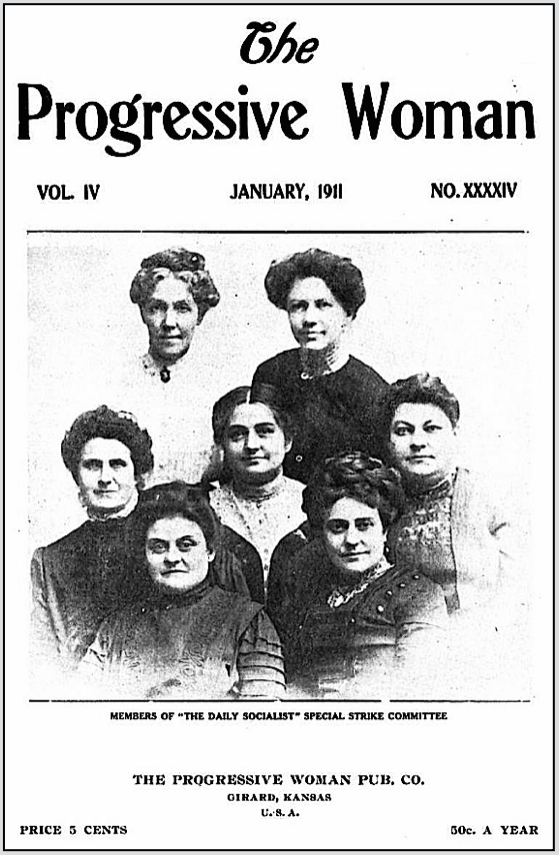
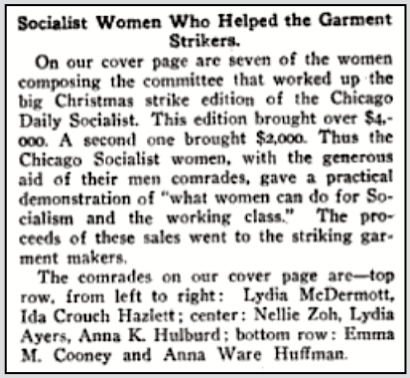
 ———-
———-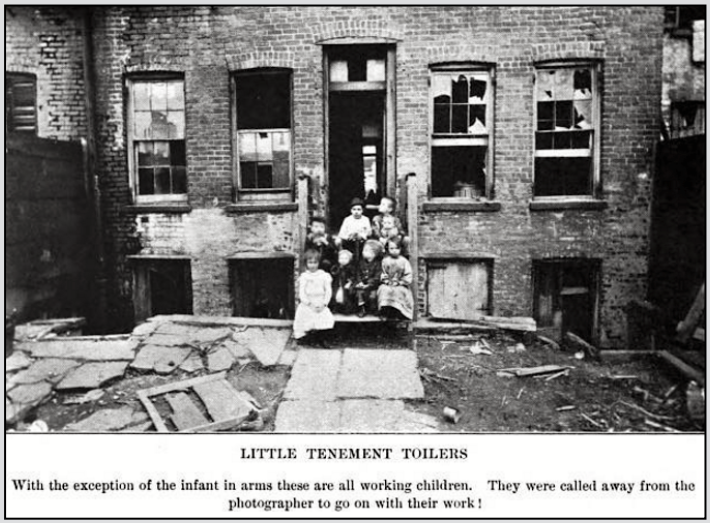
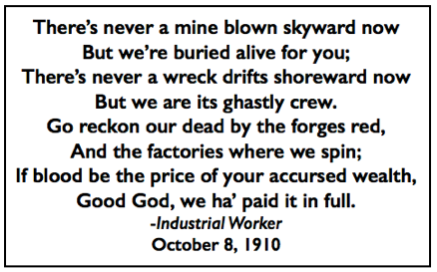 ———–
———–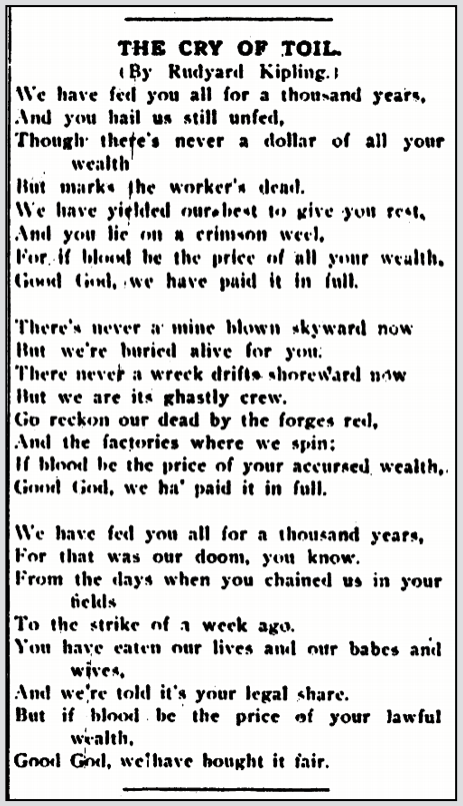
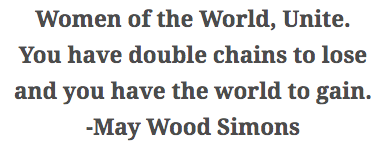 ———-
———-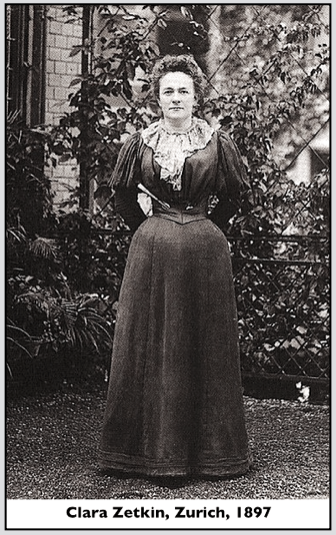
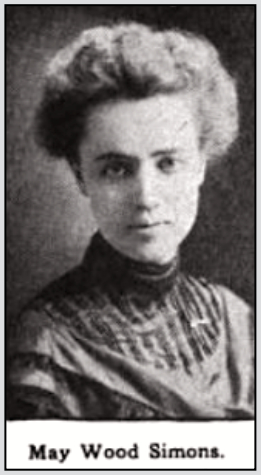
 ———-
———-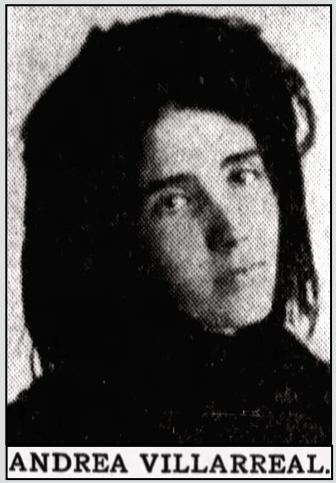
 ———-
———-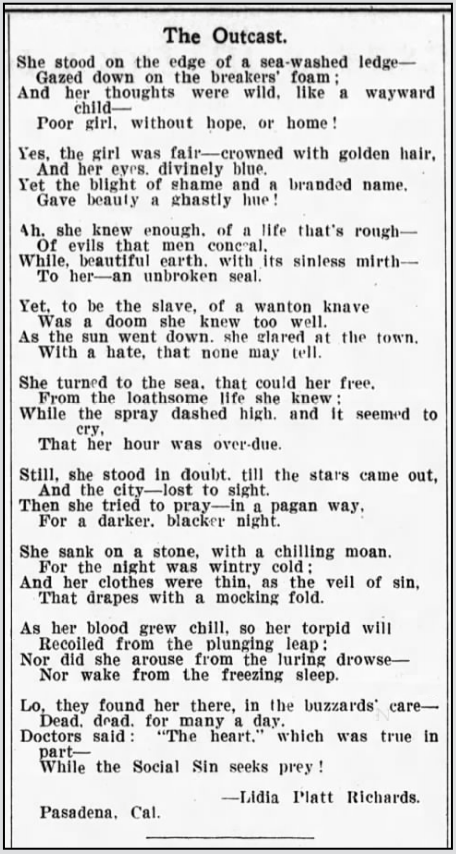
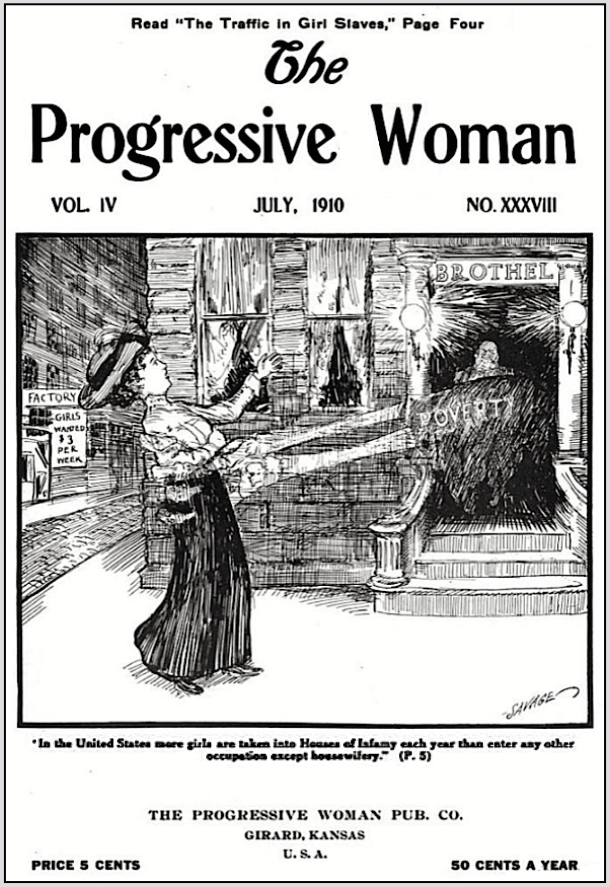 ———-
———-